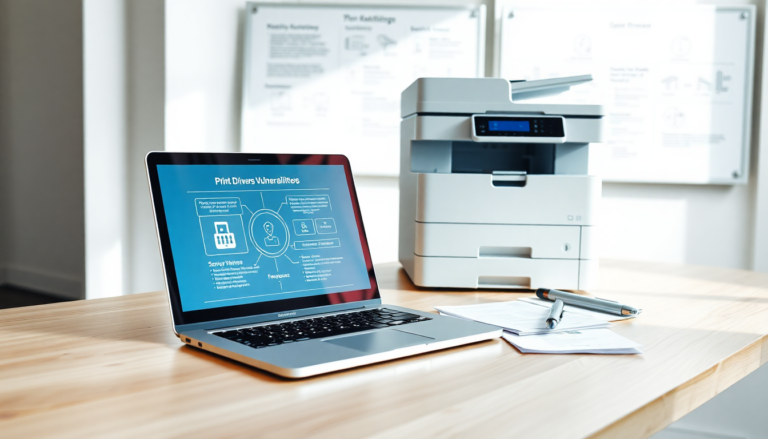Argomenti trattati
The ongoing issues with proprietary printer drivers have become a major headache for Microsoft. These drivers, crafted by various printer manufacturers, are increasingly linked to a range of security vulnerabilities that affect the Windows operating system. Did you know that around nine percent of Windows security problems originate from the printing system? This alarming statistic underscores the urgent need for a solid solution.
Understanding the History of Printer Driver Vulnerabilities
Let’s take a moment to look back. In 2021, a significant security flaw in the printer spooler was discovered, which allowed cybercriminals to gain system-level rights—this is even more powerful than administrator privileges. Such access enabled attackers to install unauthorized applications and make sweeping changes to system settings. This incident, dubbed the “Print Nightmare,” led to several months of frantic patch development to close the security gap.
The fallout from these vulnerabilities is serious, impacting not only individual users but also organizations that depend on secure printing solutions. As the threat landscape evolves, there’s an increasing need for innovative security measures that can tackle the complexities introduced by proprietary drivers. So, what can be done to address these challenges?
Introducing Windows Protected Print Mode
In light of these challenges, Microsoft has introduced a new feature in Windows 11, version 24H2, called Windows Protected Print mode (WPP). This mode aims to replace the need for proprietary drivers for many printers, dramatically cutting down the risk of malicious code sneaking into systems through these drivers. Moreover, it ensures that key functions of the printer spooler operate under user rights rather than system rights, effectively reducing the vulnerabilities that plagued users during the Print Nightmare.
Enabling WPP is quite simple for users: just head to the “Settings” menu, click on “Bluetooth and devices,” and then go to “Printers and scanners.” Here, you’ll find the option to activate Windows Protected Print Mode. However, keep in mind that this feature isn’t turned on by default, so users must enable it manually to ensure compatibility with their existing printer models.
Compatibility and User Guidance
WPP is built on the Internet Print Protocol (IPP), utilizing a standardized IPPClass driver that works with all printers and multifunction devices certified by the Mobile Printing Alliance (Mopria). This alliance, formed by industry leaders like Canon, HP, Samsung, and Xerox, includes all major printer manufacturers, ensuring widespread compatibility.
If you’re considering making the switch to WPP, it’s crucial to check if your printer or multifunction device is compatible. You can usually find this information in the manufacturer’s specifications. Once you’ve confirmed compatibility, transitioning to WPP is as simple as the steps outlined earlier. If you decide to revert to the original manufacturer’s drivers, the process is just as easy: disable WPP through the same settings menu, but keep in mind that you’ll need to reinstall the original drivers afterward.
In conclusion, the rollout of Windows Protected Print Mode marks a proactive step towards bolstering security in Windows environments, especially given the vulnerabilities that have lingered due to third-party printer drivers. So, are you ready to enhance your printing security?

